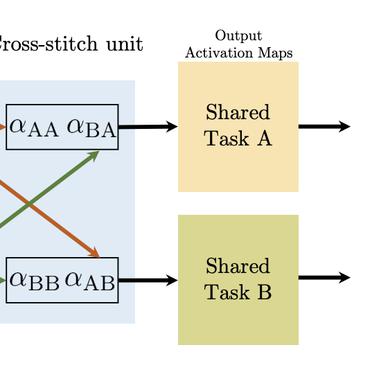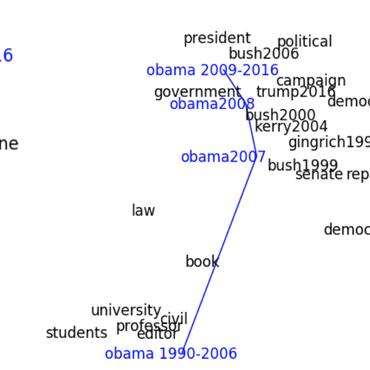Linguistically-Informed Self-Attention for Semantic Role Labeling
Current state-of-the-art semantic role labeling (SRL) uses a deep neural network with no explicit linguistic features. However, prior work has shown that gold syntax trees can dramatically improve SRL decoding, suggesting the possibility of increased accuracy from explicit modeling of syntax. In this work, we present linguistically-informed self-attention (LISA): a neural network model that combines multi-head self-attention with multi-task learning across dependency parsing, part-of-speech tagging, predicate detection and SRL. Unlike previous models which require significant pre-processing to prepare linguistic features, LISA can incorporate syntax using merely raw tokens as input, encoding the sequence only once to simultaneously perform parsing, predicate detection and role labeling for all predicates. Syntax is incorporated by training one attention head to attend to syntactic parents for each token. Moreover, if a high-quality syntactic parse is already available, it can be beneficially injected at test time without re-training our SRL model. In experiments on CoNLL-2005 SRL, LISA achieves new state-of-the-art performance for a model using predicted predicates and standard word embeddings, attaining 2.5 F1 absolute higher than the previous state-of-the-art on newswire and more than 3.5 F1 on out-of-domain data, nearly 10% reduction in error. On ConLL-2012 English SRL we also show an improvement of more than 2.5 F1. LISA also out-performs the state-of-the-art with contextually-encoded (ELMo) word representations, by nearly 1.0 F1 on news and more than 2.0 F1 on out-of-domain text.
PDF Abstract EMNLP 2018 PDF EMNLP 2018 Abstract









